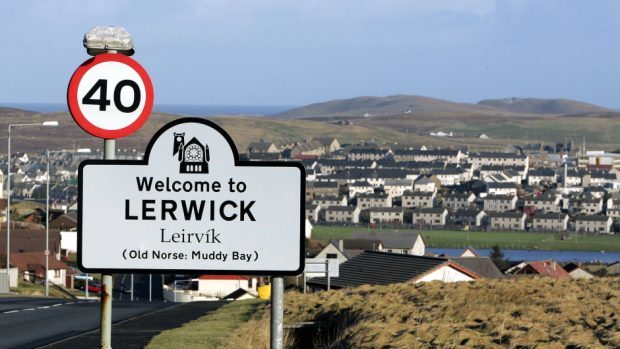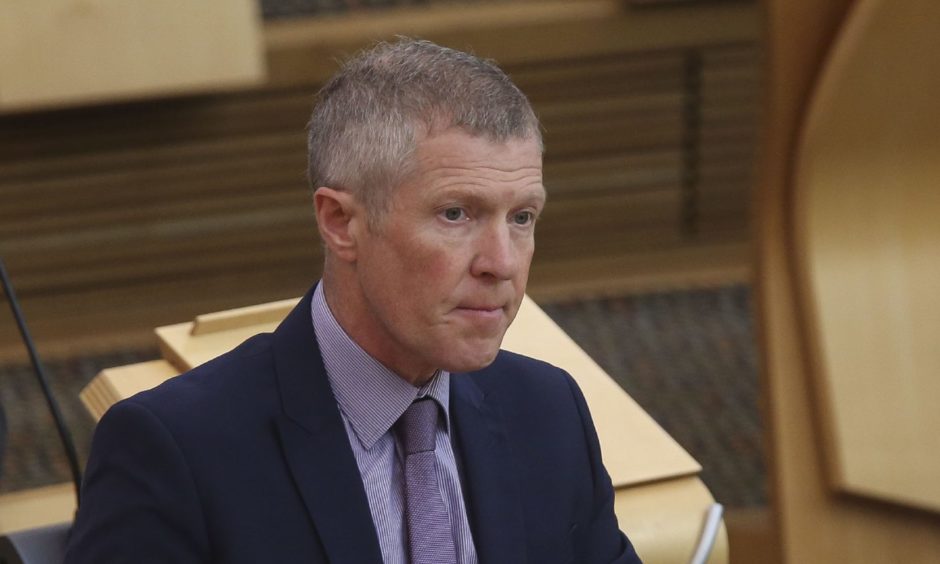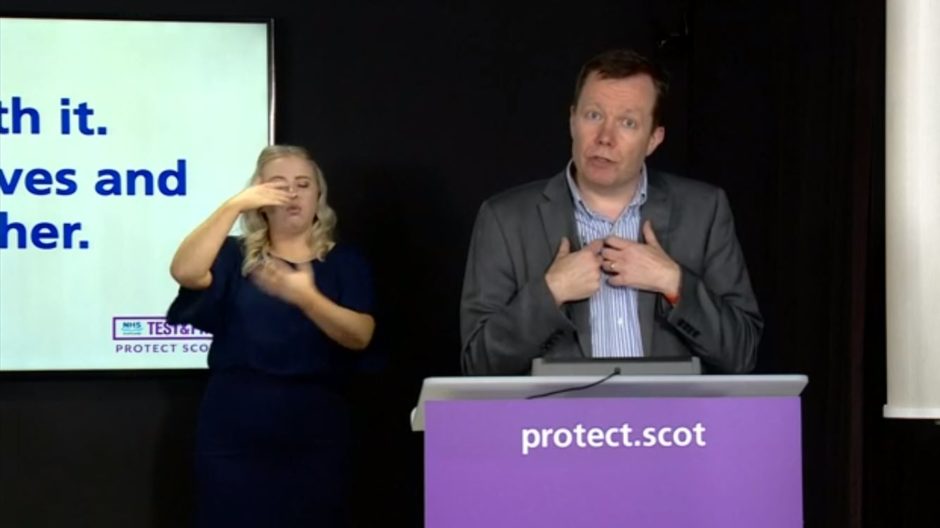Health chiefs have been asked to explain why the Highlands and Islands are not due to be placed into the lowest level of lockdown restrictions next week.
Scottish Liberal Democrat leader Willie Rennie highlighted the region’s case after finding out that every single indicator for the local spread of the coronavirus was currently at “zero”.
He questioned what more a local authority area could do to get placed into the lowest level of the Scottish Government’s five-tier system, due to come into force on Monday.
But National Clinical Director Jason Leitch told Mr Rennie there was no part of the country that could currently be placed in Level 0, due to the situation nationally.
Highland, Moray, Orkney, Shetland and the Western Isles are expected to be placed into Level 1, although it has been suggested they could continue to face the added restriction of no home visits.
Mr Rennie questioned the assessment of the situation in the north during a virtual meeting of Holyrood’s Covid-19 committee on Wednesday.
He said: “I’m interested in how areas get down to Level 0, because if you look at the Highlands and islands, their indicators on the documentation provided yesterday are all zero.
Coronavirus in Scotland – track the spread in these charts and maps
“Yet the indication is that they all will move to Level 1 or perhaps Level 1-plus. I don’t know how they get down to Level 0. What do they need to do?
“What are the indicators – is there such a thing as ‘-1’ that takes them down to the zero level? How does that work? Because people want to have some kind of clarity and hope.”
When all the zeroes don’t add up to zero…
Mr Leitch described the numerous considerations which can impact on decisions over local restriction levels.
“Zero, zero, zero, zero in the grid doesn’t necessarily give you a ‘zero’ in your overall assessment of what that authority should do,” he said.
“You have to consider how long numbers have been reduced down, or at a low level, and then you have to feed in the other harms.
“And that will have to include tourism and transportation risk, it will have to include how well you can isolate out that particular piece of the country without travel.
“Because you can’t have people coming from a four to a zero, because you are just going to be back to where you started very quickly.”
Mr Leitch suggested that the high rates in parts of the central belt meant it would currently not be possible to put the Highlands or Islands into the lowest level.
“You can get to zero, but the present position of the senior clinical advisers in Scotland is that no area of Scotland is ready to get to zero, because of the state of the pandemic nationally, which we will have to consider,” he said.
“Because we cannot isolate pieces of the population enough for us to be comfortable that any part of the country should move to zero presently.”


